If you spend any time around yachts or work in the marine industry, you have probably heard the term antifouling tossed around during maintenance conversations. To a newcomer, it might sound like some sort of high-tech paint or a mysterious chemical treatment. In a way, it is both and more. Antifouling matters because the ocean has a way of claiming any vessel as part of its own ecosystem. Given enough time, a yacht’s hull becomes a floating home for marine organisms. While that might sound charming, the reality is far less romantic. Fouling can reduce performance, increase fuel consumption, and even damage a vessel’s structure. This is where antifouling steps in as a vital part of yacht care.
What exactly is antifouling?
Antifouling is the process of applying a protective coating to the underwater part of a vessel’s hull to prevent the growth of marine organisms such as barnacles, algae, slime, and mollusks. This coating is usually a specialized marine paint formulated with biocides or advanced non-toxic technologies that discourage organisms from attaching themselves.
Think of it like applying sunscreen, but instead of protecting against UV rays, you are defending your yacht from a constant onslaught of marine life looking for a new surface to colonize. Without antifouling, a yacht that spends time in the water will quickly develop a layer of slime. That slime attracts larger organisms, leading to thick growth that can slow the vessel and strain engines.
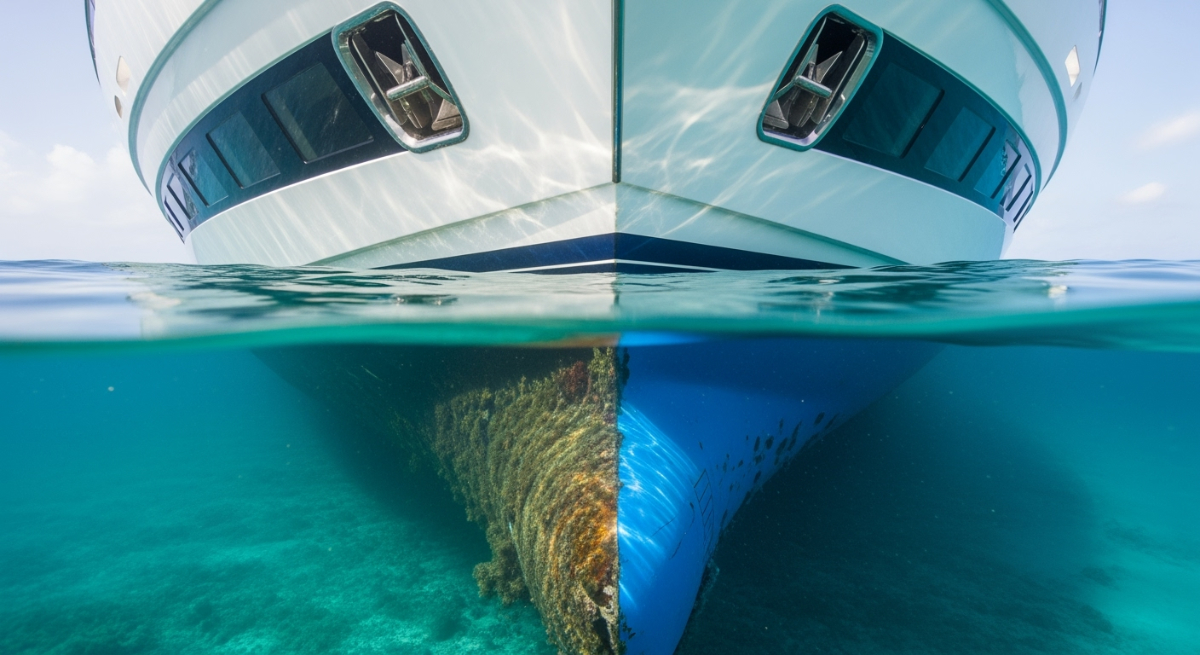
How antifouling differs from similar concepts
Some people confuse antifouling with hull cleaning. While both aim to keep the hull free from marine growth, cleaning is reactive and antifouling is preventive. Cleaning removes growth that has already attached, while antifouling stops most of it from attaching in the first place. Similarly, hull polishing is different again; it focuses on creating a smooth and hydrodynamic surface, usually above the waterline, and is not specifically intended to prevent fouling.
Why antifouling is important
For yacht owners and operators, antifouling is not just about keeping the hull looking good. It directly impacts performance, fuel efficiency, and long-term maintenance costs. A fouled hull creates drag, which means the engines have to work harder. This can lead to higher fuel consumption and increased wear on propulsion systems. On high-performance yachts, even a small amount of fouling can noticeably reduce speed.
For professional crew and yacht management companies, antifouling is part of a vessel’s operational schedule. Neglecting it can lead to longer yard periods, unexpected repairs, and even operational downtime. For shipyard workers, understanding antifouling means knowing how to prepare the hull properly, apply the coating evenly, and choose the right formulation for a vessel’s cruising patterns.
Where antifouling is used
While the term is most common in yachting, antifouling is applied to all kinds of vessels, from superyachts to fishing boats, commercial ships, and even offshore platforms. In each case, the goal is the same: prevent marine growth and maintain efficiency. For yachts in warm waters, where marine growth is aggressive year-round, antifouling is particularly critical. Even vessels that spend much of their time in colder regions benefit, as fouling can still occur, especially during warmer months or in harbors with high nutrient levels.
How antifouling works
The most common antifouling paints contain biocides. These chemicals slowly leach out of the coating, creating a microscopic barrier that deters marine organisms from attaching. Different formulas are designed to release these agents at varying rates depending on the yacht’s use. A vessel that travels frequently needs a different coating than one that spends most of its time moored.
In recent years, environmentally friendly alternatives have been developed. These use advanced surface technology rather than toxic agents. Some create an ultra-smooth or silicone-like surface that makes it difficult for organisms to gain a foothold. Others use materials that disrupt the settlement process at a microscopic level.
Applying antifouling is more than just rolling on paint. The hull must be carefully cleaned, old coatings removed or prepared, and sometimes primers applied to ensure proper adhesion. This process is often part of a scheduled refit or haul-out, where the yacht is lifted out of the water for full inspection and maintenance.
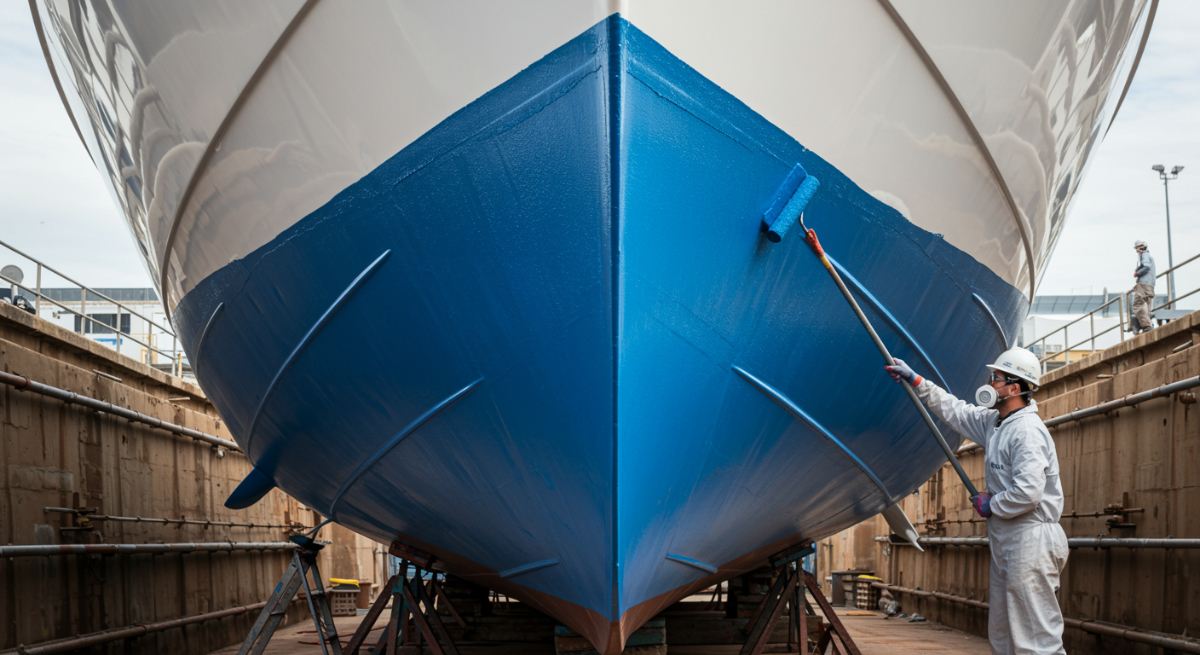
Choosing the right antifouling
There is no single “best” antifouling for every yacht. The choice depends on the vessel’s hull material, cruising grounds, speed profile, and how often it moves. For example, a high-speed yacht operating in the Mediterranean might require a hard racing antifouling that resists abrasion, while a slower vessel in the tropics might need a soft self-polishing coating that continually renews its surface.
Antifouling is one of those maintenance steps that often goes unnoticed until it is neglected. When done correctly, it quietly protects your yacht’s performance, efficiency, and value. Without it, the sea will inevitably leave its mark. The next time you see a freshly hauled yacht with a clean, coated hull, you are looking at the result of a centuries-old battle between sailors and the ocean’s smallest inhabitants. The question is, in your own yachting journey, how will you keep that balance in your favor?
FAQs About Antifouling
How often should a yacht be antifouled?
Most yachts need fresh antifouling every 12 to 18 months, but the exact interval depends on where and how often you use the vessel. Warm waters with high marine growth can require more frequent applications, while colder waters might allow longer gaps. Regular hull inspections are the best way to decide timing.
Can I apply antifouling myself, or should it always be done by professionals?
It is possible for experienced yacht owners to apply antifouling themselves, but the preparation work is intensive and must be done correctly for the coating to perform well. Professionals ensure proper surface prep, even application, and compliance with environmental regulations for waste disposal. Many owners prefer to include it as part of a haul-out or refit.
Are all antifouling paints harmful to the environment?
Traditional antifouling paints often contain biocides that can impact marine ecosystems if not used responsibly. However, modern eco-friendly options use silicone or other surface technologies to reduce environmental impact. Choosing the right product and applying it according to guidelines helps minimize harm.
Does a yacht that rarely moves still need antifouling?
Yes, and in some cases, it needs it even more. When a yacht sits still in the water, marine organisms have more time to attach and grow. Without antifouling, the buildup can become severe and difficult to remove.
What happens if antifouling is neglected for too long?
A fouled hull increases drag, which slows the vessel and forces the engines to work harder. This leads to higher fuel costs, reduced performance, and potentially costly repairs to propulsion systems. In extreme cases, the growth can damage hull coatings and structures.
Can I switch from a traditional biocide antifouling to an eco-friendly one?
Yes, but it usually requires extra preparation. The old coating may need to be fully removed or sealed with a compatible primer before applying the new eco-friendly product. This ensures proper adhesion and performance.
Is there a difference between antifouling for sailboats and motor yachts?
Yes, but it is mostly in the type of coating chosen. Motor yachts, especially faster ones, often use harder, more durable coatings to withstand higher speeds, while sailboats may use softer self-polishing coatings that refresh themselves over time. The choice depends on speed, usage, and location.

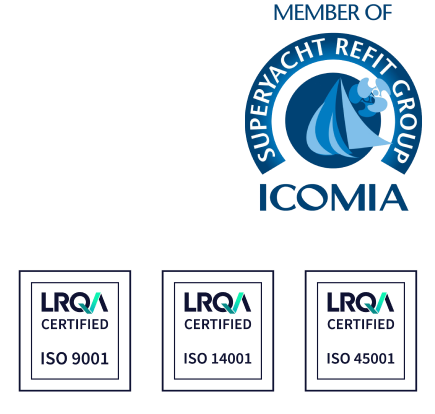

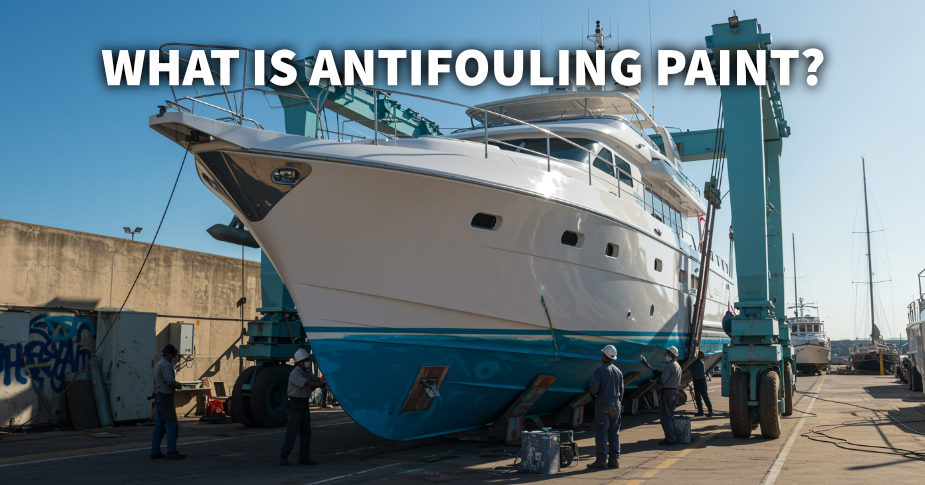




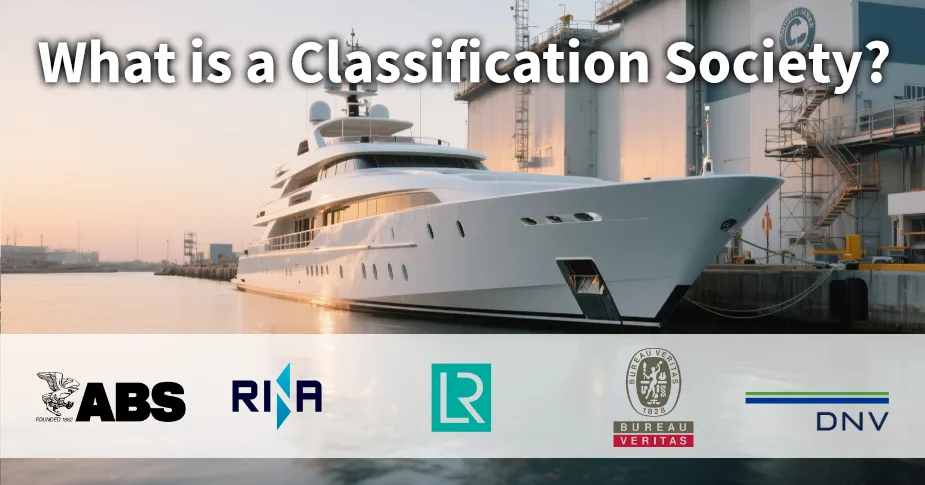

[…] hull thickness measurement gives a clear picture of the condition beneath the paint, primer, or antifouling. It’s a way of seeing the […]